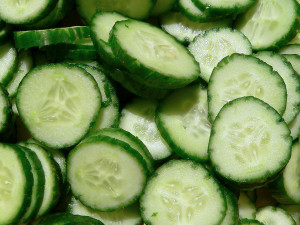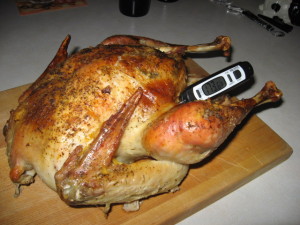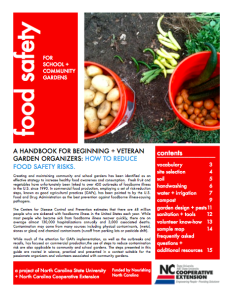In April 2013, 73 Americans in 18 states were sickened with Salmonella linked to imported Mexican greenhouse cucumbers.
Walter Ram, vice president of food safety at the Giumarra Companies, a produce distributor with divisions throughout Mexico, told the America Trades Produce conference in Tubac last Wednesday that while other  food industries such as meatpacking have more than a century of food safety experience, the produce industry only began widespread programs in the late 1990s.
food industries such as meatpacking have more than a century of food safety experience, the produce industry only began widespread programs in the late 1990s.
Produce companies used to consider fruits and vegetable as “a product,” he said.
“The quantum shift for us to change and get a real culture of food safety means that we need to change that outlook and realize that we’re producing food,” he said.
An effective food safety program should start with the head of the company, Ram said.
Ram’s point was driven home by Martin Ley, current president of Nogales-based Fresh Evolution and former vice president of Del Campo  Supreme, also based in Nogales.
Supreme, also based in Nogales.
In a colorful comparison, he described food safety programs as a plate of bacon and eggs. While the employees (hens) contribute (eggs), the head of the organization (pig) must be fully committed (bacon) to food safety.
Ley outlined several outbreaks in the past few years, which he called “transforming industry events,” such as the fatal outbreak of listeria from a farm in Colorado in September, an outbreak of salmonella in mangos in Mexico in 2012, another outbreak of listeria in melons from Colorado in 2011, and salmonella found in papayas in Mexico in 2011.
Maybe something’s lost in the coverage, but I don’t want those bacon and eggs.











